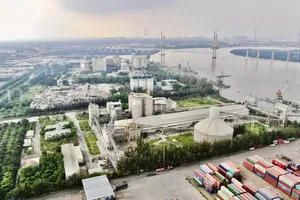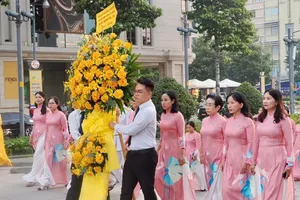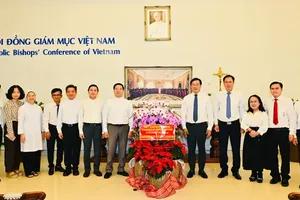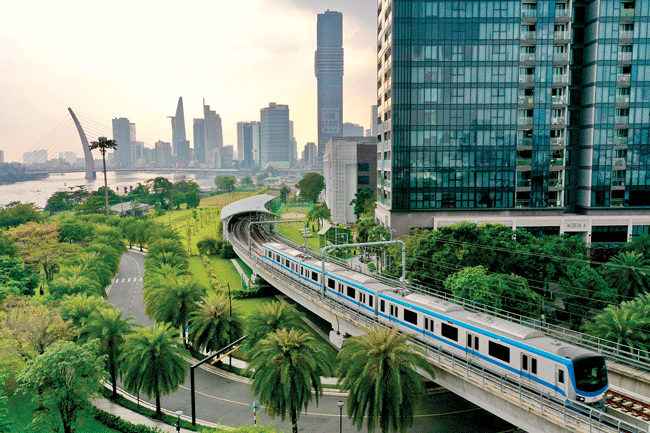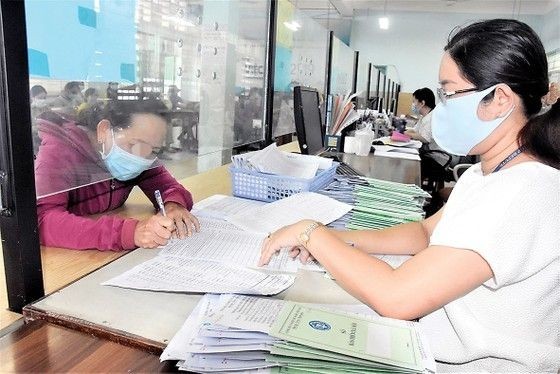 |
A worker complete procedures to receive unemployment benefits at District 6 Unemployment Insurance Branch - Ho Chi Minh City Employment Service Center |
In the first nine months of 2023, the Ho Chi Minh City Employment Service Center received 127,622 applications for unemployment benefits from unemployed workers, an increase of 9 percent over the same period.
Businesses in the southern largest city cut down on laborers while a number of qualified workers who find their present job no longer suitable and want to seek other good job opportunities.
As soon as the outbreak of the Covid-19 pandemic, Ho Chi Minh City leaders realized the pandemic’s post-impact would last and spread in the city's labor market, especially in highly labor-intensive industries.
To gradually resolve this irresistible consequence in the general crisis trend of the raw materials market, production, distribution, and global consumption in the post-pandemic time and military and trade conflicts, in addition to economic restructuring of labor and employment to balance and stabilize the labor market, the city also established a safety net to help people gradually overcome difficulties and escape poverty.
In fact, in addition to forming a high-quality labor sector, the city still has to recognize and maintain a source of unskilled labor - a type of informal economy. This showed that the city recognizes the contributions of immigrant workers and the city’s responsibility to provide them with equal opportunities to access social security.
For immediate and long-term solutions to create jobs for workers, Ho Chi Minh City has made efforts to re-train immigrant laborers but for the policy of supporting social security and sustainable poverty reduction, the city government will increase income and find solutions to create more jobs. Additionally, the city also provides vocational training and improved living conditions to help immigrant workers and their children with higher skills to have better jobs; thus, their income will increase.
Therefore, based on suggestions of the World Bank expert group at workshops co-chaired by the Ho Chi Minh City Institute for Development Studies (HIDS), the city should continue to develop its social security network in three ways.
First, the city leverages existing programs and implementation systems that enable rapid, seamless response and help reduce the impact of shocks. Secondly, it focuses on social assistance programs that can provide multi-year and predictable support to help people accumulate assets to reduce the damage and long-term economic impact of natural disasters. Thirdly, it builds a common platform to gather funding from the government and donors for quick response to natural disasters.
According to experts at the above policy consultation forums, the labor and employment development strategy in the city must promote regional connectivity so as to specialize functions between Ho Chi Minh City and other southeast provinces including labor and employment. Plus, the southern metropolis will shift labor migration towards less quantity but selective high-quality human resources.
Moreover, Ho Chi Minh City is the center of infrastructure connection; thereby, creating synchronous intra-regional and inter-regional infrastructure, especially prioritizing the construction of ring roads 3 and 4 through the southeast provinces, contributing to the overall impact for peri-urban and rural areas.
When decisions for intra-regional and inter-regional policies are promulgated and put into operation, a data platform must be established accurately from now on as well as to continue to care for and support people especially the vulnerable including unemployed workers, people aged 60 and over. Unemployed workers should receive free vocational training while elderly people aged 60 and over will receive free-of-charge medical examination, examination, and treatment in October.
